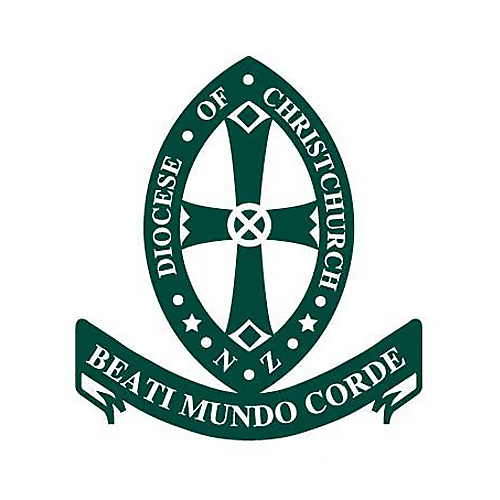
Ngā mihi nui o Matariki, te tau hou Māori!
At 9.13pm on Tuesday night, our Earth gently rounded the narrow bend of her elliptical orbit and began the second half of her annual journey around the Sun.
As she now moves along that open track, she will straighten up on her axis, gradually turn our southern hemisphere face to the light and for the next six months, our daylight hours will become longer.
Turning that corner also realises a shift in perspective for our part of the world and affords us a glimpse of the universe that we haven’t seen for a year, bringing new constellations back into view. One of those is Matariki, the Seven Sisters or Pleiades; a cluster of stars now visible rising in the northeast just before dawn.
The rising of these whetu in the New Zealand mid-winter heralds the start of the Māori new year. They represent a time of seasonal change, timatanga hou, the opportunity to reflect over the passing year, and to prepare the ground for new growth.
Nau mai ngā hua, nau mai ngā pai. Nau mai kia nui kia hāwere ai.
Welcome all things that have grown, welcome all things that are good. May they be plentiful and abundant.
With the imminent arrival of mid-year school reports, the next few weeks offer our students the opportunity for critical reflection; a chance to look back on the first half of the school year. It is a time to korero and to celebrate what is going well, as well as identify areas where improvements can be made. Reflection is a powerful process for all ākonga to undertake as it helps them to understand their own strengths and weaknesses in order to support their continuous learning and personal development.
Complementary to the process of reflection is the identification of goals moving forward. Not having goals is like shooting at a target with a blindfold on – worse still, it can be never even taking aim. For our students to make the most of their mid-year report, they should be encouraged to reflect critically on their performance, to consider the accompanying comments and advice provided by kaiako, and then spend some time setting goals towards which they will apply themselves and their mahi in the second semester.
For our St Margaret’s College family, I hope you find time this long weekend to honour this special occasion of Matariki me te tau hou Māori, to remember those who have passed, to gather and celebrate with whānau and to look forward to a new and bright future.
Glossary:
ākonga, students
ngā mihi nui, warm greetings to all
hou, new
kaiako, teachers
korero, talk, discuss
mahi, work, effort
tau, year
timatanga, beginnings
whānau, family
whetu, star/s
How to find Matariki in the night sky:
If you’re familiar with the famous constellation Orion, it can help you find Matariki. While Orion is upside-down for us in the southern hemisphere, the three stars in a row in Orion represent his Belt. Some may know this as the base of The Saucepan. Draw a line through these stars to the -shaped pattern of stars with a bright star in its midst. The V-shaped pattern is the face of Taurus the Bull. The bright star in the V, called Aldebaran, depicts the Bull’s Eye. A bit past Aldebaran, you’ll see the Matariki cluster, which marks the Bull’s Shoulder.
